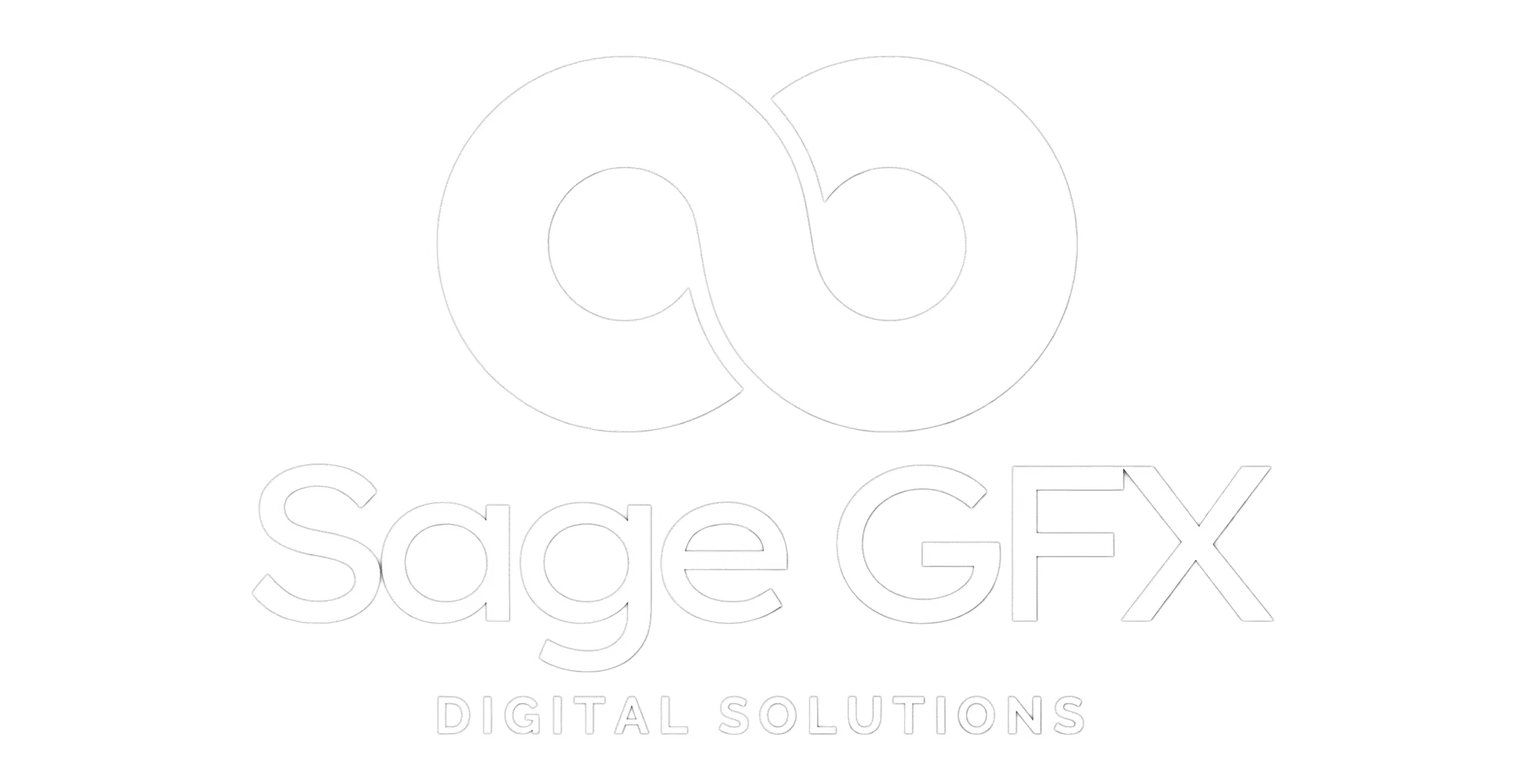Welcome to Sage GFX
Comprehensive Graphic Design, Branding, Web Development, and Digital Solutions Tailored for Your Success
Enquiry Form

Who we are
Your Digital Future, Our Expertise: Sage GFX Excellence.
Sage GFX is a leading digital marketing agency based in Chennai, dedicated to helping businesses thrive in the digital landscape. Our expert team specializes in SEO, SEM, social media marketing, content marketing, and more. We craft tailored strategies to boost your online presence, engage your audience, and drive measurable results. Partner with Sage GFX to transform your digital marketing efforts and achieve your business goals.
What we offer
Where Strategy Meets Digital. Your Success Story Begins with Sage GFX .
At Sage GFX , we provide top-notch digital marketing services tailored to boost your online presence and drive business growth.
At Sage GFX , our web development services are designed to create stunning, responsive, and user-friendly websites .
At Sage GFX , we offer comprehensive app development services
that bring your ideas to life on mobile platforms.
At Sage GFX,we offer branding services. Before creating any visual elements, it's crucial to establish the core values and mission of your brand.
At Sage GFX , our SEO services are designed to elevate your
website’s visibility and drive organic traffic.
At Sage GFX , our social media marketing services help you connect with your audience and build a strong online presence.
At Sage GFX , our web app development services combine functionality and innovation to create powerful, user-friendly web applications.
At Sage GFX , our video production services bring your brand's story to life with high-quality, engaging visuals We specialize in creating compelling videos
At Sage GFX , our influencer marketing services leverage the power of influential voices to amplify your brand’s reach and credibility.
Why Choose Sage GFX as Your Digital Marketing Agency? ?
At Sage GFX , we combine expertise, innovation, and a client-centric approach to deliver exceptional digital marketing solutions tailored to your business needs. Our experienced team uses data-driven strategies to achieve measurable results, enhancing your online presence and driving engagement.

How it Works
Navigating Digital Horizons with Sage GFX : Your Trusted Partner.
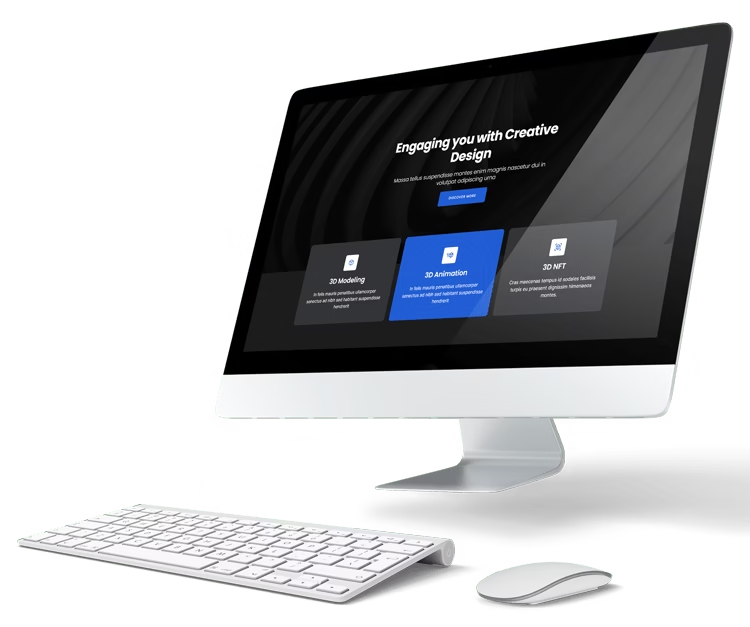

At Sage GFX , we are dedicated to boosting your website traffic and increasing sales through targeted and effective digital marketing strategies.
Client Ratings

+91 72992 29494
Featured Project
Unleashing the Power of Innovation and Creativity.
Loka Perfume & Co

Brian Imanuel
15 Jan 2024
Jakarta
$10,000
Penatibus himenaeos montes volutpat feugiat felis nisi auctor quis urna sed eleifend consequat quam curae facilisi ultrices ultricies pretium lobortis platea lorem dictum eros class
Compass Shoes

Sophie Lewis
18 Jan 2024
Bandung
$8,000
Penatibus himenaeos montes volutpat feugiat felis nisi auctor quis urna sed eleifend consequat quam curae facilisi ultrices ultricies pretium lobortis platea lorem dictum eros class
Digital Dynamics

Brian Imanuel
15 Jan 2024
Jakarta
$10,000
Penatibus himenaeos montes volutpat feugiat felis nisi auctor quis urna sed eleifend consequat quam curae facilisi ultrices ultricies pretium lobortis platea lorem dictum eros class
Fresh Bites Catering

Brian Imanuel
15 Jan 2024
Jakarta
$10,000
Penatibus himenaeos montes volutpat feugiat felis nisi auctor quis urna sed eleifend consequat quam curae facilisi ultrices ultricies pretium lobortis platea lorem dictum eros class
Harmony Spa & Wellness.

Brian Imanuel
15 Jan 2024
Jakarta
$10,000
Penatibus himenaeos montes volutpat feugiat felis nisi auctor quis urna sed eleifend consequat quam curae facilisi ultrices ultricies pretium lobortis platea lorem dictum eros class
Loka Perfume & Co

Brian Imanuel
15 Jan 2024
Jakarta
$10,000
Penatibus himenaeos montes volutpat feugiat felis nisi auctor quis urna sed eleifend consequat quam curae facilisi ultrices ultricies pretium lobortis platea lorem dictum eros class
Grow Your Business with the Best Digital Marketing Company in Chennai
At Sage GFX , we are committed to helping you grow your business with our top-notch digital marketing services. As the best digital marketing company in Chennai, we offer customized strategies that drive traffic, enhance online visibility, and boost sales.
Testimonial
Client Feedback & Reviews
We recently engaged SAGE GFX for our digital marketing needs, and the results have been phenomenal. From the outset, MR. SAGAR was professional, attentive, and incredibly knowledgeable about the latest trends and strategies in digital marketing.
The social media marketing strategies he implemented were innovative and highly effective, enhancing our brand’s visibility and engagement across multiple platforms.
In summary, SAGE GFX offers top-notch digital marketing services that deliver impressive results. I highly recommend them to any business looking to enhance their online presence and drive growth."
Our Clients






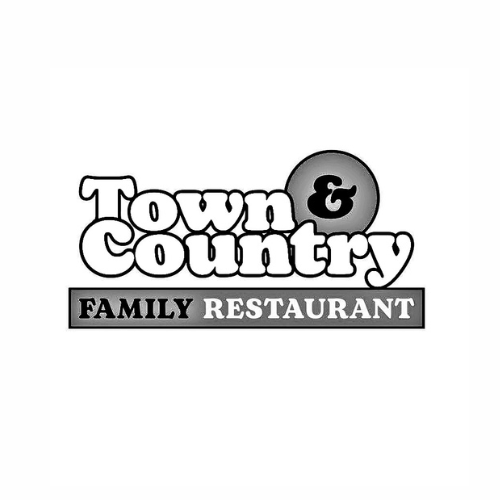









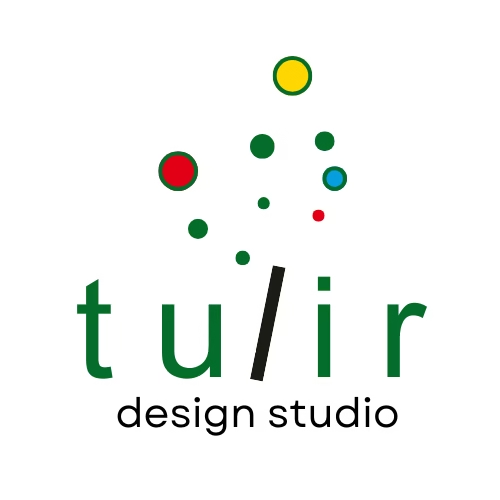





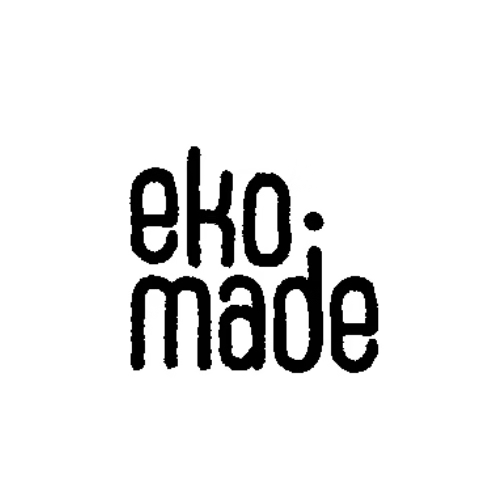













Common Questions
Most Popular Questions
Sage GFX offers a comprehensive range of digital marketing services, including SEO, Social Media Marketing, Content Marketing, PPC Advertising, Website Development, and App Development. Our goal is to enhance your online presence and drive business growth.
We enhance your website’s search engine rankings through targeted SEO strategies. This includes keyword optimization, high-quality backlink creation, and continuous monitoring to ensure improved visibility in search engine results.
Our Social Media Marketing services help you build and engage with your audience on platforms like Facebook, Instagram, and LinkedIn. We manage your profiles, create content, run ads, and analyze performance to maximize brand visibility and engagement.
Yes, Sage GFX specializes in developing responsive, SEO-optimized websites. Our development services ensure your website is user-friendly and performs well, providing a solid foundation for your digital presence.
We provide content creation services tailored to your business needs. Our team produces engaging content, including blog posts, website copy, and social media content, designed to attract and retain your target audience.
